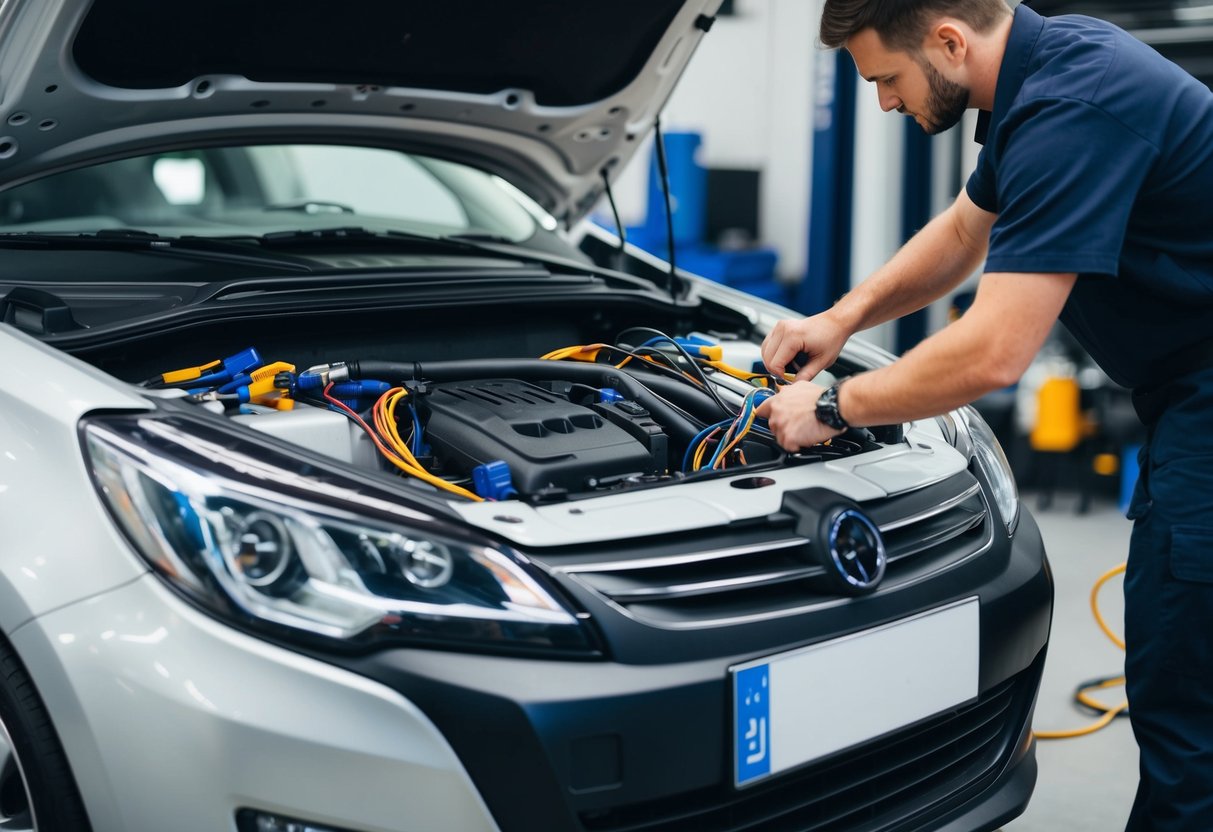Top 5 Common Car Problems and How to Fix Them Yourself: A Quick Guide
Inspection and Replacement of Worn Parts
Regularly inspecting and replacing worn parts can prevent more severe problems down the line. Spark plugs are essential for engine performance; they should be checked and replaced approximately every 30,000 to 50,000 miles. Worn-out spark plugs can lead to engine misfires and decreased fuel efficiency.
Brake pads and brake fluid should also be inspected routinely. Worn brake pads can compromise stopping power, while old brake fluid can affect braking efficiency. Inspect brake pads every 10,000 miles and replace them if they are less than a quarter-inch thick. Brake fluid should be flushed and replaced every two years.
Routine servicing often includes checking and replacing belts and hoses, which are prone to wear and tear. Cracked or frayed belts and hoses can lead to engine overheating or failure. Inspect these components regularly and replace them as needed to avoid unexpected breakdowns.
Engine Troubles and Solutions
Engine troubles are common but can often be fixed without professional help. Issues like overheating and combustion problems can generally be managed with some basic knowledge and tools.
Addressing the Overheating Engine
Overheating is frequently caused by issues within the cooling system. Leaks in the coolant system demand immediate attention; even small drips can cause significant problems.
Checking the radiator for blockages is essential since debris can restrict coolant flow. The thermostat is another critical component to inspect. If stuck closed, it prevents coolant circulation. Replacing a faulty thermostat can often resolve overheating issues quickly.
The water pump’s functionality is also vital. A failing water pump can’t properly circulate coolant through the engine, leading to spikes in temperature.
Combating Combustion Issues
Combustion issues, like a sputtering engine, are typically rooted in fuel delivery problems. Dirty or clogged fuel injectors can disrupt the fuel-air mixture, causing misfires. Cleaning or replacing fuel injectors usually addresses this.
Blockages or leaks in the air intake system can also affect combustion. Ensuring the air filter is clean and the intake manifold is free of debris can help maintain proper airflow.
Inspecting the combustion chamber for carbon buildup can make a significant difference. Carbon deposits can lead to inefficient combustion. Using fuel additives designed to clean the combustion chamber can resolve many sputtering issues.
Electrical System Failures

Electrical system failures in cars are common and can often be diagnosed and fixed at home. Key issues include problems with the battery, alternator, and blown fuses.
Solving Battery and Alternator Problems
Dealing with a dead battery can be straightforward. Start by checking the connections to ensure they are clean and tight. Corrosion on the terminals can be cleaned with a mixture of baking soda and water. A multimeter can help verify if the battery holds a charge.
A bad alternator can cause the battery to drain as it won’t be recharged properly. Symptoms of a failing alternator include dimming lights and a whining noise. To check the alternator, start the car and measure the voltage at the battery; it should read between 13.8 to 14.4 volts. If not, the alternator may need replacement.
Identifying and Fixing Broken Fuses
Blown fuses are another common electrical issue. The fuse box is usually located under the dashboard or in the engine compartment. A burned-out fuse interrupts the flow of electricity to a particular component, such as headlights or the starter motor.
Identify the blown fuse by looking for a broken wire or a dark spot inside the fuse. Replace it with one of the same amperage rating. Keeping spare fuses in the car can be useful for quick fixes on the go. If a new fuse blows quickly, there may be a short circuit needing professional attention.



